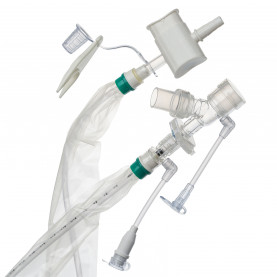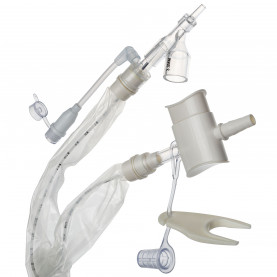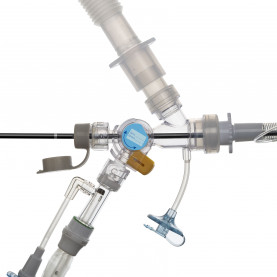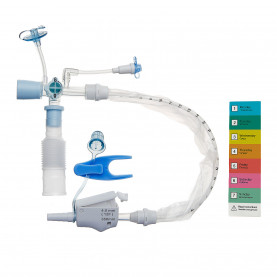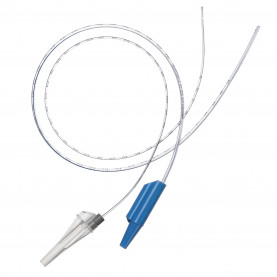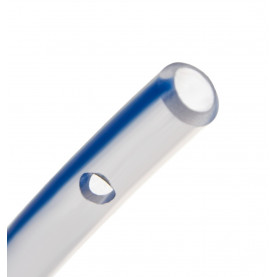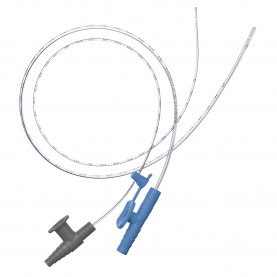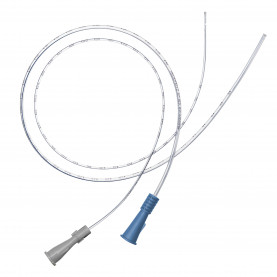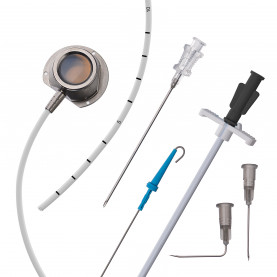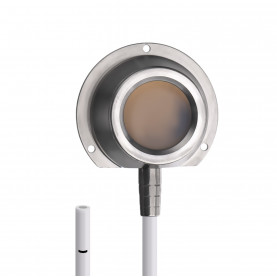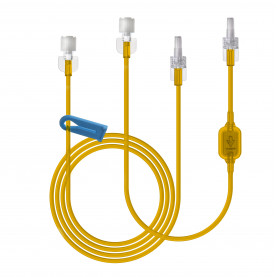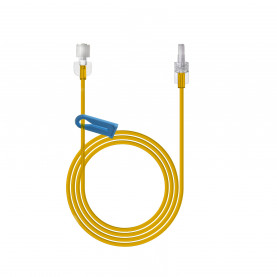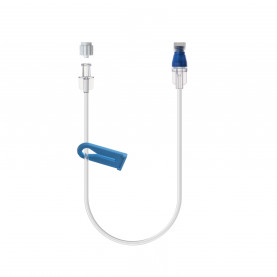Artificial intelligence and machine learning took hold in healthcare during 2017
A look back at what happened and how it shaped the future of AI, cognitive computing and machine learning for 2018 and beyond.

This year was a fun one for futurists, sci-fi fans and health IT professionals fascinated by artificial intelligence, cognitive computing and machine learning. 2017, in fact, was packed with real-world AI applications amid incredible hype.
The excitement started building ahead of HIMSS17 in Orlando and the show floor was abuzz with AI talk — much the way pop health dominated the discourse at HIMSS16 and HIMSS15 before that.
Several things became clear this year: AI is real and it’s here with 86 percent of hospitals using some form of it and others like NewYork-Presbyterian already embarking on significant projects, there are two types of machine learning to understand now (those being supervised and unsupervised), and machine learning engineers are among the hottest emerging careers, and early practical applications include claims collection, clinical decision support, cybersecurity and radiology, just to name a few.
AI this year also sparked questions about ethics and emotional intelligence, notably that hospitals and companies outside healthcare need to create standards, obligations and metrics before deploying the technologies. And another. If a machine learning algorithm can be proven more effective than humans at reading radiological images will it be unethical to continue letting people do that job? That remains to be seen, of course, and it will likely be among the easier questions to answer in the long haul.
IBM Watson Health Chief Health Officer Kyu Rhee, MD, in mid-October laid out three principles for AI: purpose, transparency, skill. The purpose is to help humans rather than replace them, vendors must be transparent about how algorithms and systems are trained and Rhee dubbed the new skillsets artificial intelligence will demand as “Human+AI” because they’re about augmenting what people can do.
That goes for clinicians, executives, and health IT pros alike. The next twelve months, in fact, will be a good time to learn more about the future of AI because, at least according to Accenture, the technologies are “rewiring our modern conception of healthcare delivery,” and the firm predicted that spending on and deployment of AI tools will skyrocket to $150 billion within a decade.
Obviously, hospital and IT shops have a lot at stake budget-wise — and by year’s end predictions emerged that AI, machine learning and cognitive computing are advancing in ways akin to the dotcom boom, bubble and eventual bust.
So what can hospitals do to avoid errant investments and instead put cutting-edge tech to work improving or saving patients’ lives? Learning from other industries is a good start. If that sounds like a boring old cliché then consider that rather looking to banking and retail healthcare should mashup best practices from the automotive, search and business process management realms.
The case for reaping a return on AI investments started to take shape this year, too. Indeed, AI marks a new mode of ROI that can make it harder to convince the C-suite to write big checks for emerging technologies.
Healthcare made great strides with AI in 2017 and the lack of best practices suggests that considerable amounts of work remain. Here’s to 2018 being the year hospitals separate the hype around AI, cognitive computing and machine learning from the reality and put the tools to use making operations and care delivery more efficient, effective and secure.


